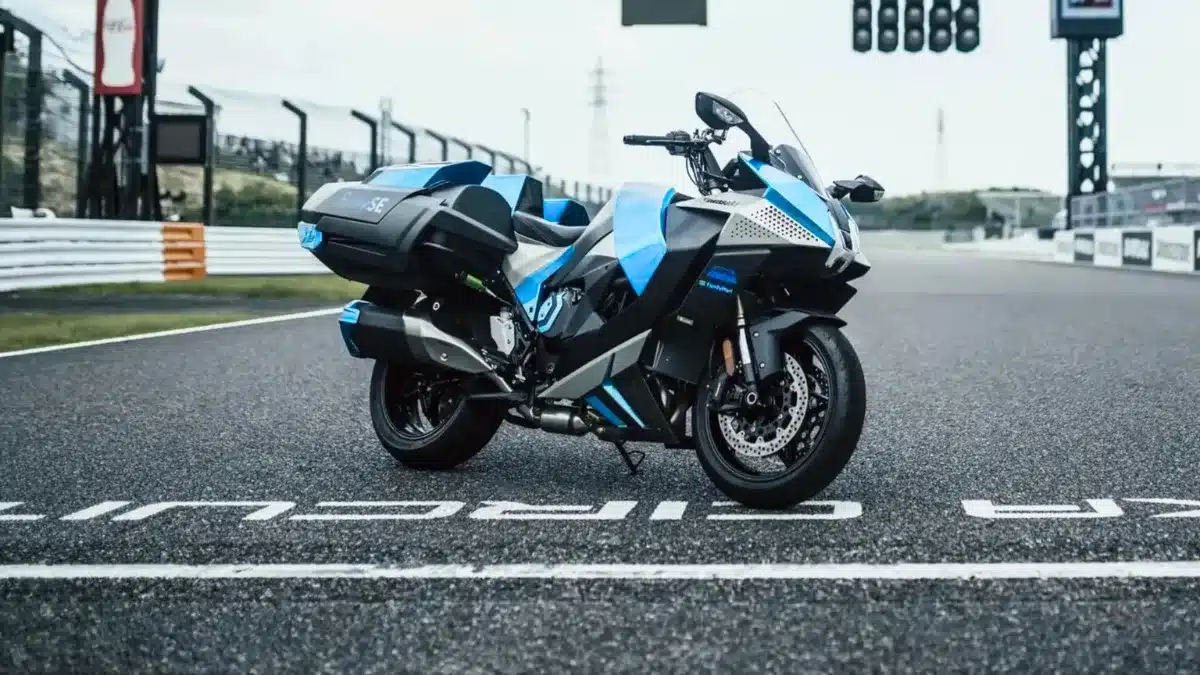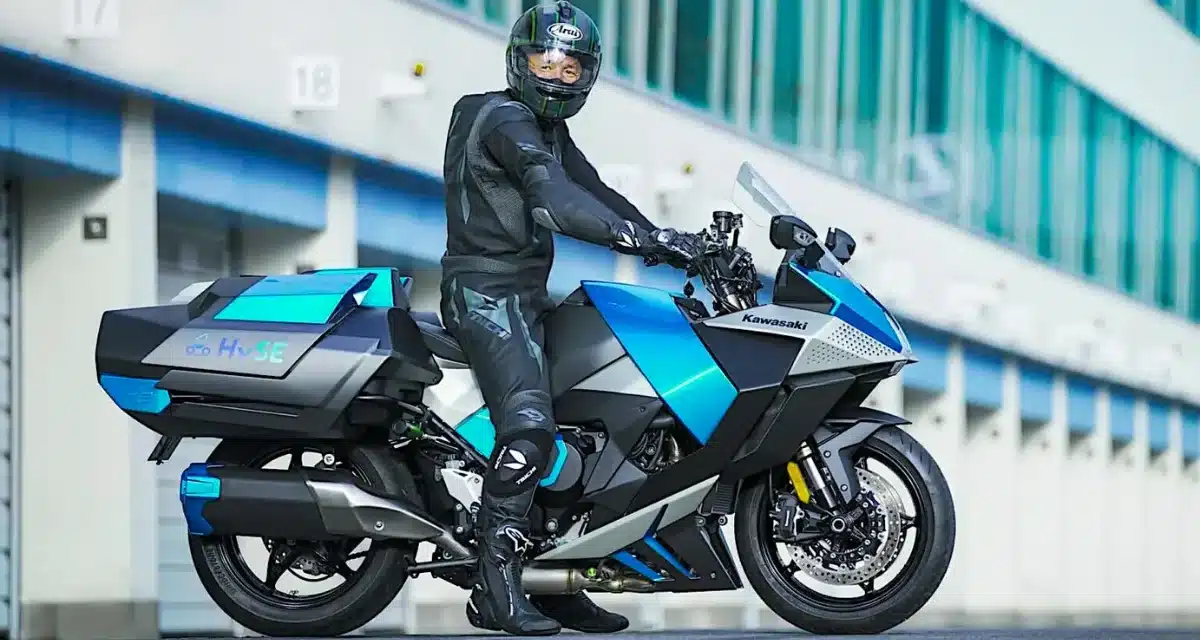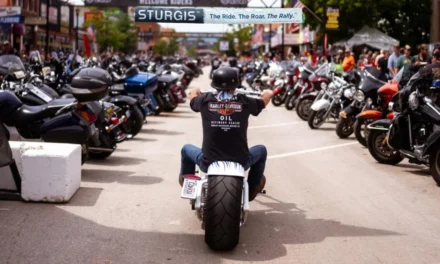Kawasaki, Honda, Yamaha, and Toyota have joined forces under the HySE alliance to pioneer hydrogen-powered motorcycles that promise zero CO2 emissions without sacrificing the soul of internal combustion. But can this tech win over skeptical riders?
Why Japan’s Giants Are Going All-In
Toyota Chairman Akio Toyoda, a self-proclaimed “engine evangelist,” racing a hydrogen-powered Corolla at Japan’s Super Taikyu series in 2021. Fast forward to 2023, and that same passion birthed HySE—a coalition of motorcycle royalty (Kawasaki, Honda, Yamaha, Suzuki) backed by Toyota’s hydrogen mastery and Kawasaki Heavy Industries’ cryogenic tank expertise.

Kawasaki Hydrogen Engine
Their mission? Crack the code on hydrogen combustion engines (H2-ICE) before batteries dominate. “This isn’t just about emissions—it’s about preserving why we ride,” a HySE engineer told me. The numbers back their urgency:
- 134 horsepower from a modified Ninja H2 supercharged engine
- 0-60 mph in ~3 seconds (matching gas bikes)
- Zero tailpipe CO2 (only water vapor and trace NOx)
These aren’t silent EVs. At April 2025’s Le Mans 24 Hours, test rider Matthias Höppner ripped a demo lap on a hydrogen Ninja prototype that sounded like traditional ICE—a strategic move to hook purists.

How They Made Hydrogen Scream
Hydrogen’s dirty secret? It’s a nightmare to burn cleanly. HySE’s solution reads like a mad scientist’s journal:
A. Kawasaki retrofitted their 998cc Ninja H2 engine—already a beast with its integrated supercharger—to run on hydrogen. Why? Hydrogen needs 3x the airflow of gasoline. The blower crams in extra oxygen, letting engineers run ultra-lean mixes that slash NOx emissions while maintaining power.
B. Early prototypes used port injection… until engines started coughing flames into intake manifolds. The fix? is 400-bar direct injection—shooting hydrogen straight into cylinders at pressures rivaling deep-sea vents. This allowed precise control over combustion pulses, giving that signature Kawasaki “howl.”
C. HySE didn’t baby their tech. They entered the 2024 Dakar Rally’s “Mission 1000” with the HySE-X1 buggy. The result? A 4th-place finish despite:
- Last-minute gear drive swaps after chains snapped under hydrogen torque
- 93-mile range requiring military-grade fuel logistics
- 122°F desert heat testing cooling systems to their limits
“We learned more in 10 days than 10 months in labs,” admitted a Yamaha engineer post-race.

America’s Hydrogen Desert
Let’s be real—you can’t ride what you can’t refuel. As of 2025:
- 59 hydrogen stations exist in the US (54 in California)
- Fill-ups cost 12−16/kg (vs. $3.50/gallon gas)
- Motorcycle tanks are limited to 3.5L (150-mile range)
Kawasaki Heavy Industries is developing liquid hydrogen tech that condenses fuel to 1/800th its gas volume. Meanwhile, Toyota’s testing swappable hydrogen cartridges—imagine AA batteries for your bike.
But even optimists admit the timeline is brutal. “We’re racing against battery tech,” a Honda R&D lead told me. “Solid-state batteries could hit 500-mile ranges by 2030. Hydrogen needs stations now.”
Betting the Farm on 2030
Kawasaki’s playing for keeps. Their roadmap includes:
- 2030: Production-ready H2-ICE bikes
- 2035: Liquid hydrogen cruisers and ADV models
- Secret patents showing hydrogen tanks molded into frame spars
But the stakes are existential. One insider confessed: “If H2 fails, Japan loses its ICE crown to China’s battery giants.”
The Verdict
HySE’s hydrogen gamble is equally thrilling and quixotic. For riders who crave ICE’s visceral thrill but want eco-cred, it’s a beacon. For everyone else? It’s a $20k question mark parked at a phantom gas station.
As I left Kawasaki’s Suzuka test track, an engineer handed me a prototype key fob stamped with their motto: “No sunset for engines.” The sun was setting. I couldn’t tell if it was poetry or desperation.
One thing’s certain—the sound of that hydrogen Ninja echoing off pit lane walls? That wasn’t a dirge. It was a battle cry.






